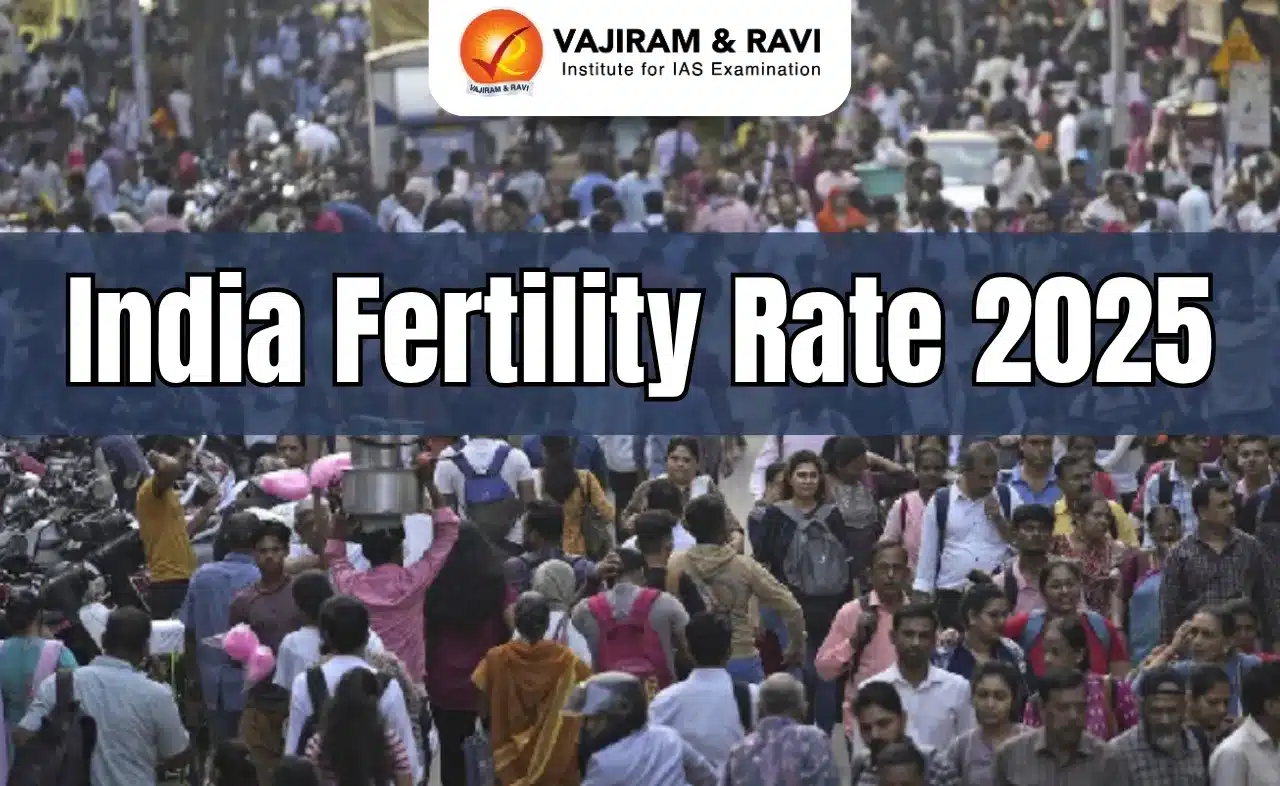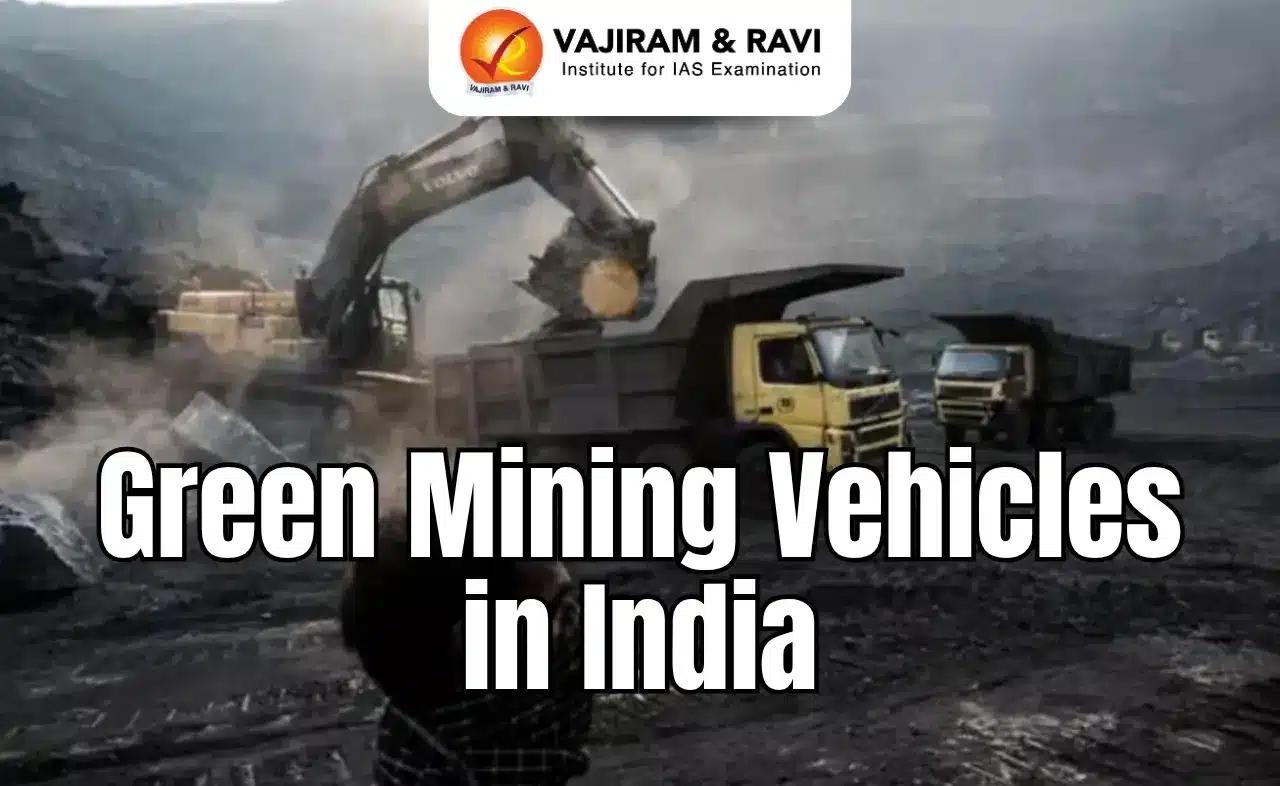What’s in today’s article?
- Why in News?
- Geo-engineering
- Use of diamonds to cool down the Earth
Why in News?
The recent study in Geophysical Research Letters explores geo-engineering, specifically solar radiation management, to mitigate global warming.
It suggests spraying millions of tonnes of diamond dust into Earth’s upper atmosphere to reflect solar radiation away from the planet, potentially cooling it.
Geo-engineering
- What is geo-engineering?
- Geoengineering involves large-scale interventions in the Earth’s climate system to combat the negative effects of global warming.
- It includes two main approaches: Solar Radiation Management (SRM) and Carbon Dioxide Removal (CDR).
- Need for geo-engineering
- Efforts to curb global warming have fallen short, as global temperatures continue to rise and greenhouse gas emissions have not been significantly reduced.
- Global temperatures are currently about 1.2°C above pre-industrial levels, with 2023 seeing a 1.45°C increase.
- The 1.5°C limit, outlined in the 2015 Paris Agreement, is unlikely to be met, though some theoretical scenarios suggest it remains possible.
- To meet the 1.5°C target, global emissions must be reduced by at least 43% from 2019 levels by 2030.
- However, current and planned actions are expected to achieve only a 2% reduction by that deadline.
- Main approaches of geo-engineering
- Solar Radiation Management (SRM)
- SRM strategies focus on reflecting incoming solar rays to reduce Earth’s temperature.
- This involves deploying reflective materials in space to block solar radiation, preventing it from reaching the planet’s surface.
- Carbon Dioxide Removal (CDR) Technologies
- CDR aims to remove excess carbon dioxide from the atmosphere.
- This includes technologies like:
- Carbon Capture and Sequestration (CCS), which capture CO₂ at the source and store it underground, and
- Carbon Capture, Utilisation, and Storage (CCUS), where captured carbon is partially reused in industrial processes while the rest is stored.
- Direct Air Capture (DAC)
- DAC methods involve extracting carbon dioxide directly from the ambient air using large-scale “artificial trees.”
- The captured CO₂ is either stored or used, potentially addressing accumulated carbon emissions over the years.
- Although promising, DAC faces significant technological and economic challenges.
- Solar Radiation Management (SRM)
- Current State of Geoengineering Efforts
- Among the geoengineering options, CCS is the only method currently in practical use, capturing emissions from industrial sources for underground storage.
- Experimental projects are exploring DAC and other advanced technologies, but none are widely implemented yet due to their complexities and high costs.
- Challenges
- Challenges of Implementing Solar Radiation Management (SRM)
- SRM, while theoretically possible, faces significant technological and financial obstacles.
- Large-scale manipulation of natural processes carries risks, including unpredictable impacts on global and regional weather patterns.
- Ethical concerns arise, as altering sunlight could affect agriculture, ecosystems, and biodiversity, potentially harming some species.
- Limitations of Carbon Capture and Sequestration (CCS)
- Although CCS is technically viable in some situations, various studies suggest that heavy dependence on CCS to meet climate goals is not practical.
- It highlights that focusing on CCS instead of renewable energy could add at least $30 trillion to global costs by 2050.
- Additionally, there may not be enough suitable underground sites to safely store large quantities of carbon dioxide.
- Challenges of Implementing Solar Radiation Management (SRM)
- Conclusion: The Inevitable Role of CCS and CDR Technologies
- Despite their limitations, CCS and CDR remain crucial components in any strategy to combat climate change.
- Achieving the 1.5°C or 2°C targets is considered impossible without incorporating these technologies, given the current levels of global warming.
Use of diamonds to cool down the Earth
- About the news
- A research study has argued that diamonds can really be the answer to the global climate crisis.
- They were testing out various aerosols to cool Earth, when they found that more than anybody, diamonds can prove to be more effective.
- The proposal
- As per their analysis, shooting five million tonnes of diamond dust into the stratosphere each year, over the course of 45 years, could cool our planet by an impressive 1.6°C.
- Why diamond
- Researchers had shortlisted calcite, diamond, aluminum, silicon carbide, anatase, and rutile, and created a 3D model.
- They found out that diamond particles were highly effective in reflecting sunlight and heat, while simultaneously staying in the atmosphere for long enough.
- Further since diamonds are chemically inert, they won’t react with other elements in the atmosphere.
- Not the first time such a solution has been proposed
- Several other compounds, such as sulphur, calcium, aluminium, and silicon, have been suggested previously for doing the same job.
- Sulfur dioxide has been a leading candidate for solar radiation management due to its natural cooling effects observed during volcanic eruptions, where it reflects sunlight away from Earth.
- However, artificial injection poses significant risks, including the potential for acid rain, damage to the ozone layer, and disruption of weather patterns, making it a controversial geo-engineering option.
- The central idea here is to scatter material that can reflect solar radiation into Space and prevent it from reaching Earth, thereby cooling down the planet.
- The installation of space-based mirrors has also been proposed.
- Associated challenge
- While the study looks promising on paper, the biggest obstacle in making it practical is the price of diamonds, one of the most expensive elements in the world.
- The cost of producing and distributing the required quantity of synthetic diamonds would be staggering, with estimates reaching as high as $200 trillion—which is double the global economy in 2023.
Q.1. What is Solar Radiation Management (SRM) in geo-engineering?
SRM is a geo-engineering method to combat global warming by reflecting sunlight away from Earth. It includes deploying reflective materials, such as diamond dust, to cool the planet. The approach remains theoretical due to technological, financial, and environmental concerns.
Q.2. Why are diamonds considered effective for cooling the Earth?
Diamonds were found to be highly effective at reflecting sunlight and retaining their atmospheric presence. Chemically inert, they do not react with other elements. However, the high costs make large-scale application challenging, with estimates reaching $200 trillion.
News: Spraying diamond dust to cool Earth: What a new study proposes, despite ‘geoengineering’ concerns
Last updated on June, 2025
→ UPSC Notification 2025 was released on 22nd January 2025.
→ UPSC Prelims Result 2025 is out now for the CSE held on 25 May 2025.
→ UPSC Prelims Question Paper 2025 and Unofficial Prelims Answer Key 2025 are available now.
→ UPSC Calendar 2026 is released on 15th May, 2025.
→ The UPSC Vacancy 2025 were released 1129, out of which 979 were for UPSC CSE and remaining 150 are for UPSC IFoS.
→ UPSC Mains 2025 will be conducted on 22nd August 2025.
→ UPSC Prelims 2026 will be conducted on 24th May, 2026 & UPSC Mains 2026 will be conducted on 21st August 2026.
→ The UPSC Selection Process is of 3 stages-Prelims, Mains and Interview.
→ UPSC Result 2024 is released with latest UPSC Marksheet 2024. Check Now!
→ UPSC Toppers List 2024 is released now. Shakti Dubey is UPSC AIR 1 2024 Topper.
→ Also check Best IAS Coaching in Delhi






















